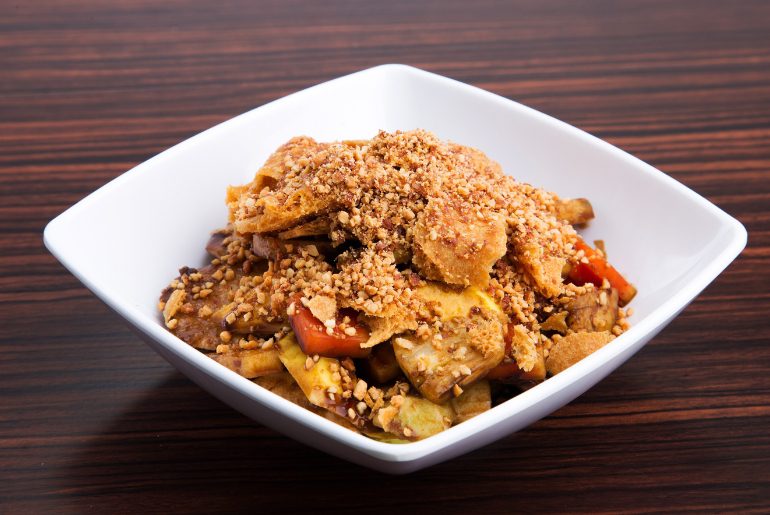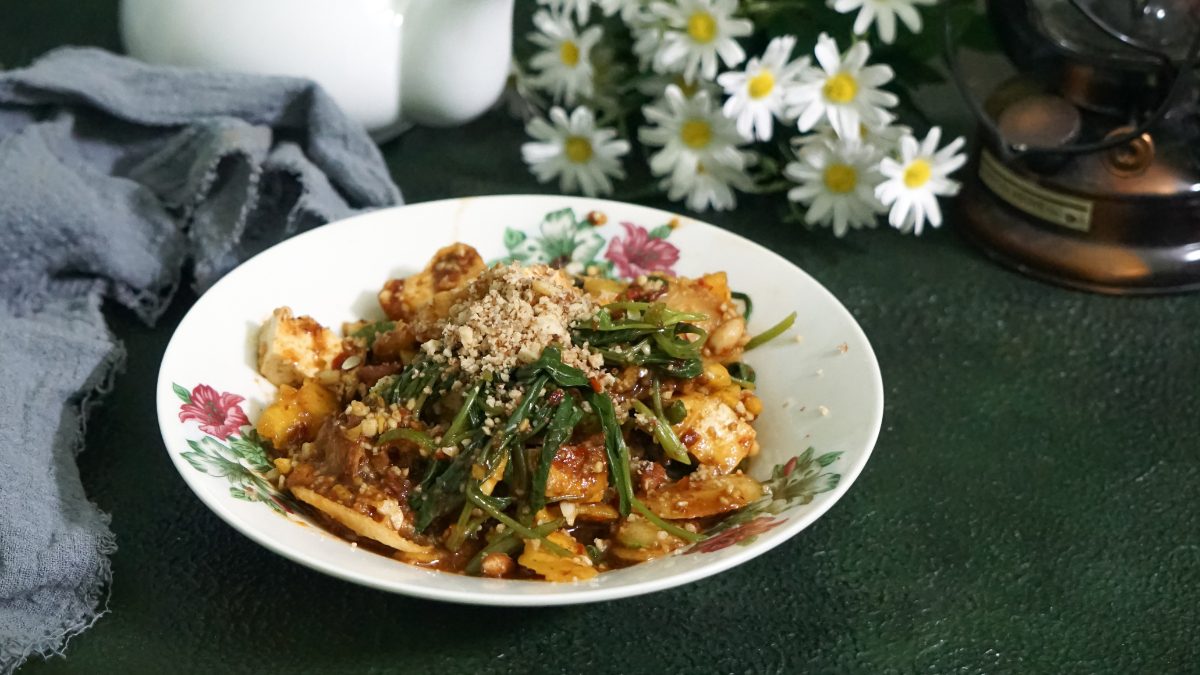In the kaleidoscope of Singaporean cuisine, few dishes capture the essence of its multicultural charm as vividly as rojak. According to a recent survey by Milieu Insight, while chilli crab and Hainanese chicken rice often steal the spotlight as national dish contenders, rojak emerges as a compelling contender, reflecting the heart and soul of Singapore’s food culture. This colourful dish offers a taste of the nation’s rich tapestry, intertwining history, culture, and flavour in every bite.
The Origins And Evolution Of Rojak

Rojak’s roots trace back to Indonesia and Malaysia, where it’s a staple in traditional cuisine. The dish’s journey to Singapore is a testament to the region’s historical trade and migration patterns, which brought together a myriad of culinary influences. In Singapore, rojak has evolved into a distinctive local favourite, seamlessly blending traditional ingredients with modern twists.
At its core, rojak is a fruit and vegetable salad draped in a tangy, spicy dressing. The salad usually features a mix of fresh ingredients such as pineapple, cucumber, jicama, and sometimes green apples. These ingredients are cut into bite-sized pieces to provide a delightful crunch.
The hallmark of rojak is its bold, aromatic dressing, made from a blend of tamarind paste, palm sugar, and shrimp paste. This mixture yields a unique balance of sweet, tangy, and umami flavours. The dressing often includes crushed peanuts, which add a nutty depth and a pleasing texture.
Its Significance And Cultural Context

Rojak’s significance goes beyond its delicious taste. It embodies the spirit of fusion that defines Singaporean cuisine. The use of tamarind and palm sugar reflects the influence of Malay and Indonesian cuisines, while the addition of Chinese crullers and peanuts hints at Chinese culinary traditions. Rojak, therefore, serves as a culinary symbol of Singapore’s harmonious blend of cultures.
Rojak’s versatility allows for countless variations, making it adaptable to personal tastes and dietary preferences. Whether you prefer it with extra chilli or a generous amount of peanuts, rojak can be customised to suit individual preferences.
Rojak represents a piece of Singapore’s heritage that continues to resonate with locals and visitors alike.
Cover Image Courtesy: Canva
For more such snackable content, interesting discoveries and the latest updates on food, travel and experiences in your city, download the Curly Tales App. Download HERE. First Published: August 07, 2024 4:23 PM




